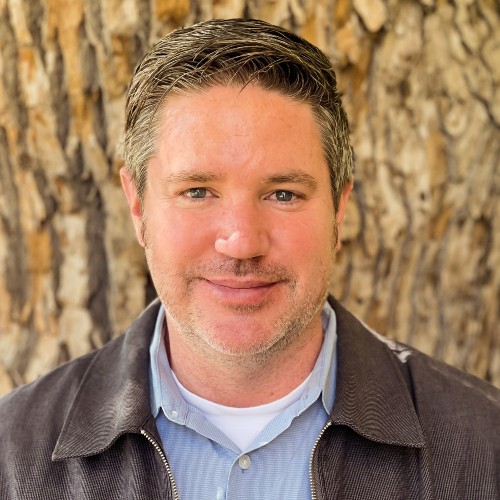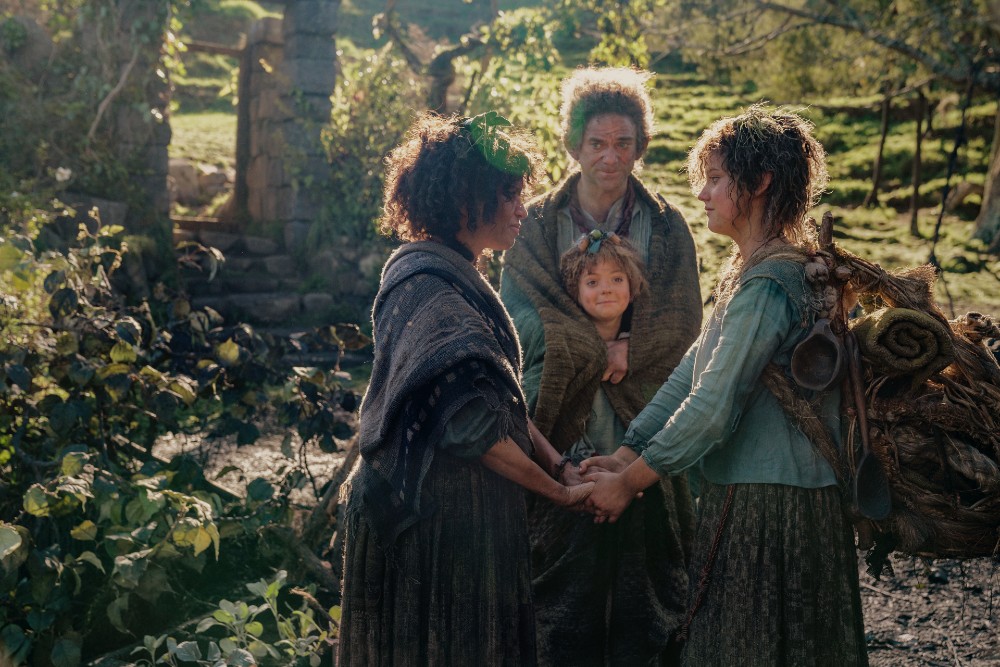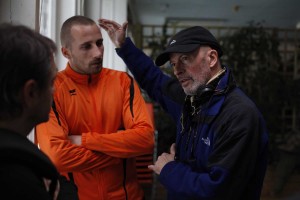
“Each film tends to create its opposite,” said Audiard, who spoke with Below the Line recently when he was in Los Angeles to promote the movie, along with Thomas Bidegain, his co-screenwriter, close collaborator and helpful translator. “After doing A Prophet, a story which takes place in a jail with no women, no love, no space, no light, we wanted to do a love story, one with a strong female character.”
That character, Stephanie, is played by France’s Marion Cotillard, who won an Academy Award in 2008 for her portrayal of Edith Piaf in La Vie en Rose. (She is being tipped now for another possible Oscar nomination for Rust and Bone). Stephanie trains performing orca whales at a Marineland park in Antibes, a resort on the French Riviera. One of the orcas gets out of control and triggers a horrible accident. She loses both of her legs and, after an operation, becomes a double amputee.

The movie is loosely based on a short story by Canadian writer Craig Davidson. The script took Audiard and Bidegain two years to write but Rust and Bone was completed in only four months, from the start of shooting through postproduction. “It was very fast but I enjoyed the process, and sometimes films take far too long to get finished,” said Audiard. One reason for the urgency: the film had to be delivered to the 2012 Cannes Festival and it was set to open in Paris soon afterwards. It opened in theaters here in late November.
“What we were trying to do, with the writing, filming, actors’ performances, editing, music and cinematography was to combine an almost naturalistic realism with its opposite – melodrama, surreal imagery, a heightened experience,” Audiard explained. The challenge was to find the right balance of realism and stylization. “Too much realism would be boring, too much stylization and nobody believes the story,” he noted.
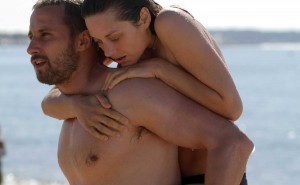
Rust and Bone was the first of Audiard’s films to be shot with a digital camera. How did he like it? “Not very much, and Stephane really hated the whole thing,” he responded. “I think he had a problem with how the camera worked in daylight. The image was too hard, and he couldn’t fully control the color temperature. But it worked well in low-light scenes like Stephanie’s bedroom where she and Ali have their erotic sex scene.”
Fontaine has been the cinematographer on Audiard’s last three movies. Most of the other production keys have also worked with him before. The director first met his film editor Juliette Welfling early in his career when he was starting out as an assistant film editor and she had the same job. She has cut all his movies.
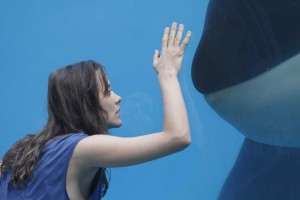
Since most of Rust and Bone was shot on location, the job of Michel Barthélémy, the production designer, was focused on enhancing the varied surroundings. The most work went into creating Ali’s cramped quarters in his sister’s garage where he lives with his son. The cluttered space contrasts with the always sunny exteriors.
Logistically, the most demanding scenes to create and film both involve water. First is the accident when one of the performing orcas throws Cotillard’s character to the bottom of the tank. The second is a frozen lake where Ali’s son is playing when suddenly he falls through a soft spot in the ice and plunges underwater. “We both used real ice and artificial ice,” said Audiard. “And we found small actors to play the boy under the water.”

The scenes with the four orcas provided another kind of challenge. “Marion had to spend more than a week with the whales so they would get used to her and she would feel comfortable as well,” noted the director. “They are trained, but these are big animals.”
The composer of the soundtrack score is the hugely proflic Alexandre Desplat. He has also worked with Audiard since the start of his career. In addition to Desplat’s compositions, the soundtrack also includes songs by Bon Iver, Bruce Springsteen and other rockers.
The song that supercharges the early scenes at the marine park is “Fireworks,” the catchy Katy Perry smash hit. “That was not my choice, it’s the song they actually play at the aquatic park,” he noted. “The whales know it well because they hear it over and over at four shows a day. But Marion found it inspirational.”



